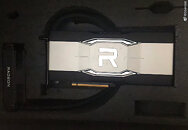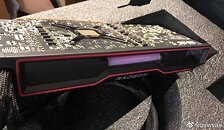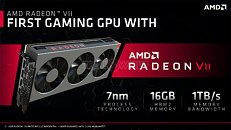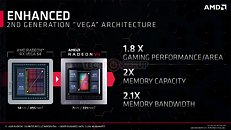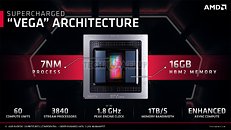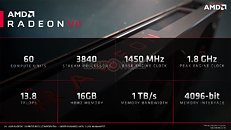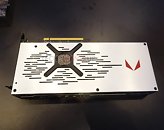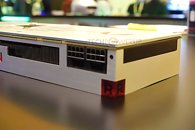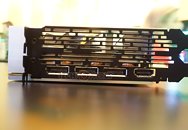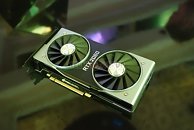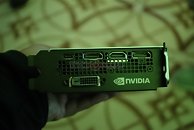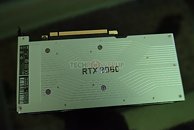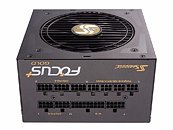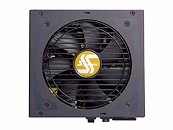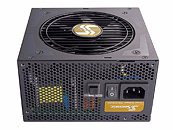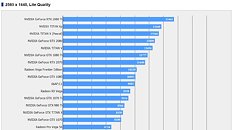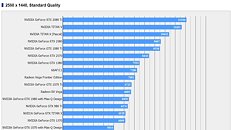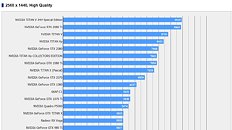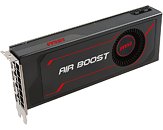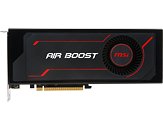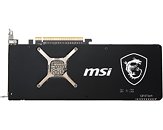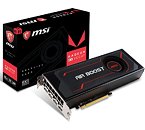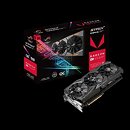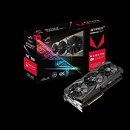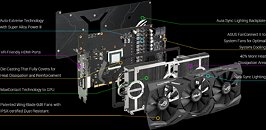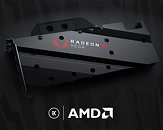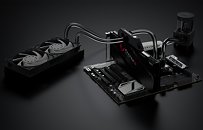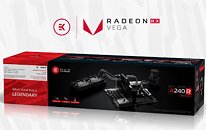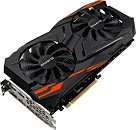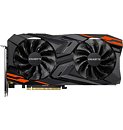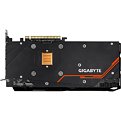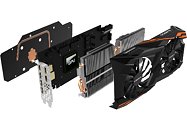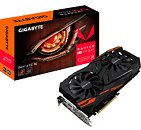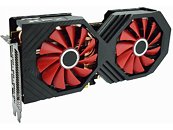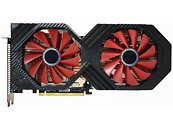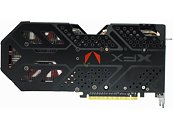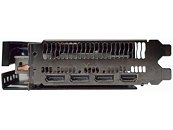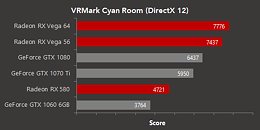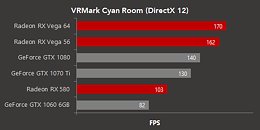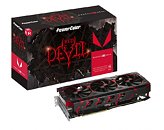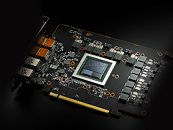
AMD Radeon RX 6900 XTX Engineering Sample Pictured
AMD is in constant progress with its Radeon graphics card lineup and the company is always working on new models that will better suit the market. Today, we have interesting discovery. On Weibo, a Chinese microblogging website, a user has posted pictures of what appears to be an engineering sample of AMD's Radeon RX 6900 XTX graphics card variant. Having an all-in-one (AIO) water-cooled design with a 120 mm radiator, the card resembles a power-hungry design as we have seen with Radeon R9 Fury X and RX Vega 64 Liquid Edition, which were both graphics cards equipped with AIO water cooling. This engineering sample is no different.
Under the waterblock, there is a Navi 21 XTXH GPU SKU hidden. As we found out, this is a new Navi 21 XTX SKU that just features better binning compared to Navi 21 XTX, and thus it offers better overclocking potential. It is already present in three new models from various AIBs, like the PowerColor RX 6900 XT Liquid Devil Ultimate, ASRock RX 6900 XT OC Formula, and Sapphire RX 6900 XT Toxic Extreme graphics cards. It seems like AMD has prepared itself to launch this specific SKU in a reference design form, however, so far only AIBs have used the Navi 21 XTXH SKU. It is not yet clear if the Radeon RX 6900 XTX is ever going to hit the retail market, or it shall remain as it is - just an engineering sample.
Under the waterblock, there is a Navi 21 XTXH GPU SKU hidden. As we found out, this is a new Navi 21 XTX SKU that just features better binning compared to Navi 21 XTX, and thus it offers better overclocking potential. It is already present in three new models from various AIBs, like the PowerColor RX 6900 XT Liquid Devil Ultimate, ASRock RX 6900 XT OC Formula, and Sapphire RX 6900 XT Toxic Extreme graphics cards. It seems like AMD has prepared itself to launch this specific SKU in a reference design form, however, so far only AIBs have used the Navi 21 XTXH SKU. It is not yet clear if the Radeon RX 6900 XTX is ever going to hit the retail market, or it shall remain as it is - just an engineering sample.
